MD034 T4 Polynucleotide Kinase
Efficient 5′-phosphorylation of DNA/RNA and removal of 3'-phosphoryl groups.
Product Descriptions
T4 Polynucleotide Kinase (T4 PNK) is a polynucleotide 5'-hydroxyl kinase that catalyzes the transfer and exchange of the γ-phosphate group from ATP to the 5'-hydroxyl termini of double-/single-stranded DNA or RNA, as well as to nucleoside bearing a 3'-phosphate group. In addition, T4 PNK removes 3'-phosphoryl groups from 3’-phosphoyl oligonucleotides, deoxy-3'-monophosphate nucleosides, and deoxy-3'-diphosphate nucleosides. The recombinant T4PNK is expressed in and purified from an E. coli strain that carries the cloned gene.
Specifications & Components

Applications
To phosphorylate DNA/RNA at the 5' end to facilitate subsequent ligation reactions.
End-labeling of DNA or RNA for probes and for DNA sequencing.
Removal of 3' phosphate groups.
Unit Definition
One unit is defined as the amount of enzyme required to transfer 1 nmol of γ-phosphate from ATP to 5´-OH DNA in 30 minutes at 37°C.
Highlights
Free of residual nucleases, exonucleases, host DNA and other exogenous contaminants.
Rigorously quality-controlled.
Key Performance Data
Highly efficient 5’-phosphorylation and 3’-dephosphorylation of T4 PNK

A pair of oligonucleotide substrates were designed to evaluate the T4 PNK activities. The 3’ FAM labeled oligo with 5’ OH is used to evaluate the kinase activity and the 5’ VIC labeled oligo with 3’ phosphoryl group is used to evaluate the dephosphorylation activity. Capillary electrophoresis was used to quantify the conversion rate. After the reaction with T4 PNK, nearly 100% of both substrates were converted to the product indicating the high enzymatic activity.
Highly consistent performance with minimal batch-to-batch variations

Three batches of T4 PNK were used to evaluate the batch-to-batch variation. As a result, there was no significant difference among different batches.
-
QA
Join us for a better future of IVD.
If you have any question or need any support, please fill out the information below.





